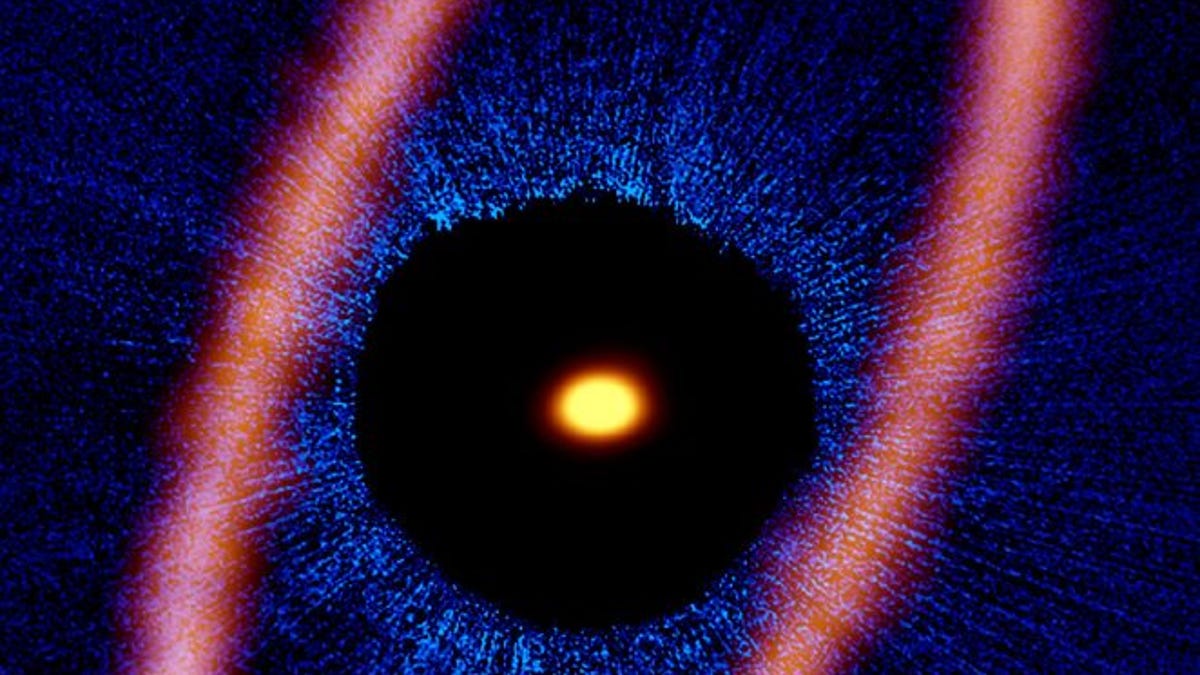Stare into the eerie 'Eye of Sauron' star system, if you dare
Astronomers have captured the most detailed image yet of a nearby star that will feel uncomfortably familiar to "Lord of the Rings" fans.
A real-life "Eye of Sauron" like the one from "The Lord of the Rings" series isn't too far away, cosmically speaking.
An international team of astronomers using the Atacama Large Millimeter/submillimeter Array (ALMA) have captured the most detailed and slightly intimidating images yet of the Fomalhaut star system, which is surrounded by rings of rubble, dust and gas that give it an eerie, eye-like look.
The image is a bit of a cheat, though. If we were able to do a sightseeing cruise by Fomalhaut, which is about 25 light-years away, it probably wouldn't look quite so dramatic, or at least not in the same way.
It's a very bright star, and the empty, dark ring around the center of the "eye" is actually created by a coronagraphic mask, a tool that filters out much of its overwhelming brightness.
The orange dot in the center is the deliberately dimmed star, the blue section is what NASA's Hubble Space Telescope picked up when it observed Fomalhaut directly, and the orange elliptical is the ring of debris ALMA observed, superimposed on the Hubble image to create this creepy composite.
The debris ring is fascinating for astronomers who study how planets and solar systems form. Fomalhaut is only one tenth the age of our sun, and rings of debris are common around younger stars. This particular one seems to be well-defined just beyond the edge of the planetary system, similar to our own Kuiper Belt, but in a much more active and chaotic phase.
That, or it's actually the watchful eye of the dark lord Morgoth's right-hand man. If that's the case, it's a good thing it's 25 light-years away.


